

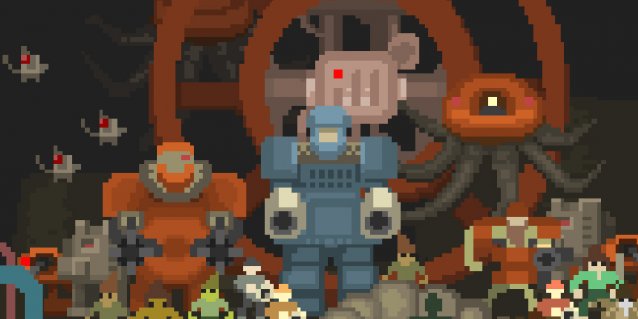
I've come to recognise the opening few rooms of Teleglitch with a particular sense of familiar clarity.
You’ll be sent back there over and over before you get the hang of the game’s systems. Teleglitch is difficult in the best possible way, where discovering how to play properly is about throwing yourself at new obstacles until you understand them better. Teleglitch is hard, not because it fails to provide the player with options, but because the easier options are always in short supply or come at the expense of others. You’ll die often before you learn how to do anything, when you die you’ll start again, running through the same few areas until you know them inside out.
Your character always begins barricaded in a remote part of a military facility overtaken by hordes of monsters who can overpower him the moment he fails to run far enough, though the exact structure and enemy placement changes each time the progression is largely the same every time.
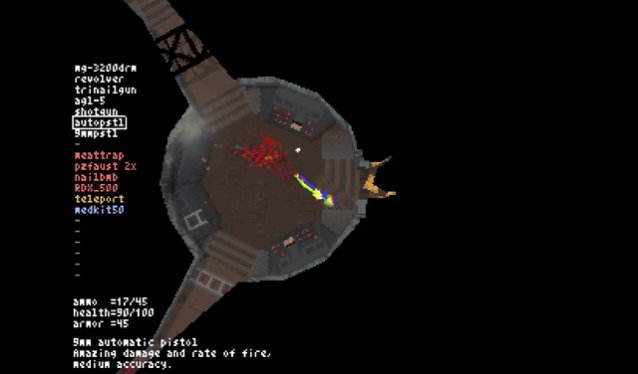
There was a catastrophic event - as there always is - but coming to terms with why is of less concern than making sure you get the hell away. Each time the game starts your character retains a pistol with limited ammunition, some basic explosives, and can pick up a can in the corner of the room (used for combining with other items into makeshift tools).
There’s more equipment scattered around the facility, but you’ll use it up about as soon as you get it if you take every enemy on using anything other than your melee attack, your manual dexterity and devious trickery.
Teleglitch is a top-down roguelike, but it’s played at twitch-level speed. It has more in common with something like Serious Sam where you’re running backward and thinning out hordes of monsters gradually. If you ever stop moving while you’re being attacked you’ll be overrun and will die within seconds.
The only way to remain effective is to control the space between you and the horde and stab whatever gets closest. It’s only when that’s too dangerous to consider that you can choose to spare the ammunition or craft something which might help you out. The correct combination of cans and explosives makes a single-use rocket, throwing in nails instead makes an effective shrapnel bomb. You can’t pause the game while you’re crafting, though, so you have to either think ahead or trust that you can put it all together on the move.
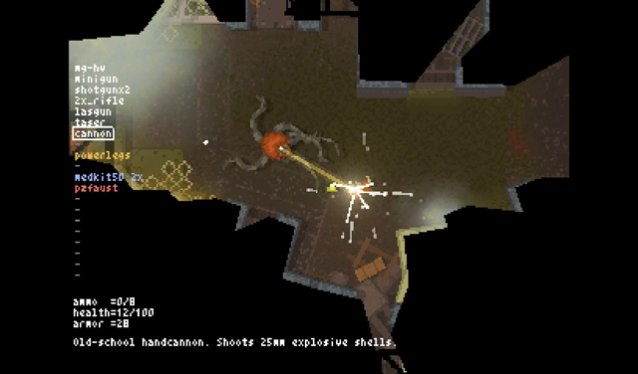
Later on you have to start making considerations about crafted weapons that might suit your playstyle better than others. Materials are scarce and they overlap; the tube you might use to add an extra barrel onto a grenade launcher means you aren’t doing the same for another gun. There’s no right answer, there’s just a choice you’re making.
The art is about as expressive as it needs to be in order to convey horror. Everything is crafted from sparsely descriptive pixels that easily convey the landscape and the type of enemy, but aren’t descriptive enough that you get a sense of what anything truly looks like. This makes the monsters more terrifying, if anything, because you’re filling in their design in your own head. Some of them clearly display they’re walking on spider limbs and that’s more unsettling to think about than to be shown.
Your viewpoint of the world is limited to a radius around your character and blocked by things in their way like load-bearing pillars. You also gradually fill in the level’s map as you walk through it. The entire game is structured so that you have limited understanding of what’s around you. You’re trying to get to a teleporter to the next section, but don’t know where it is. You’ll waste ammo going to sections of the map that will often make for fruitless endeavours because there’ll be nothing of value around. It’s on you if you want to take the risk without any assurance it’ll be worth the effort.
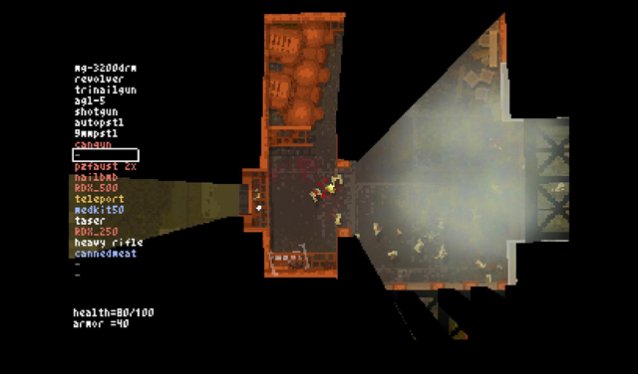
The same kind of sparseness is used in the sound design. There’s no music as you play, the only sounds are created by in-world objects. One of your assets is the ability to hear enemies before they’re within your view, but that’s damaged by rooms with a lot of machinery running that are mixed louder than anything else. It’s likely a result of a budgetary constraint, but if so it’s a setback that’s been harnessed into a strength.
Shamefully the randomisation doesn’t quite make for as much of an emergent gameplay experience as it could. There’s a set item progression and the world is always made of the same building blocks. You’ll know that at some point in the first level you’ll come across a room filled with health-regaining canned meat or find a crate with a shotgun. It’s clear that this is due to balance and ensuring that the levels are definitely fair, but knowing what you’re likely to find each time removes much of the mystery.
Teleglitch is about as stressful an experience as a game can provide and blends a variety of genres with what seems like ease. There’s great mechanical depth and an overwhelming atmosphere that never allows you to feel truly safe or prepared.
8 out of 10

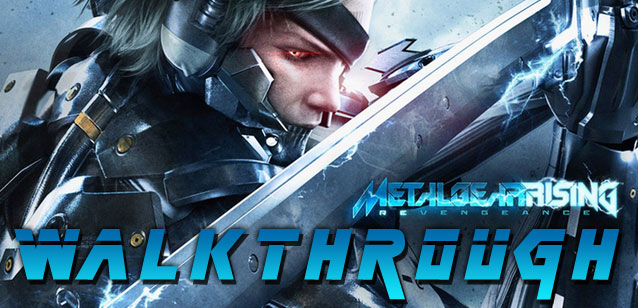
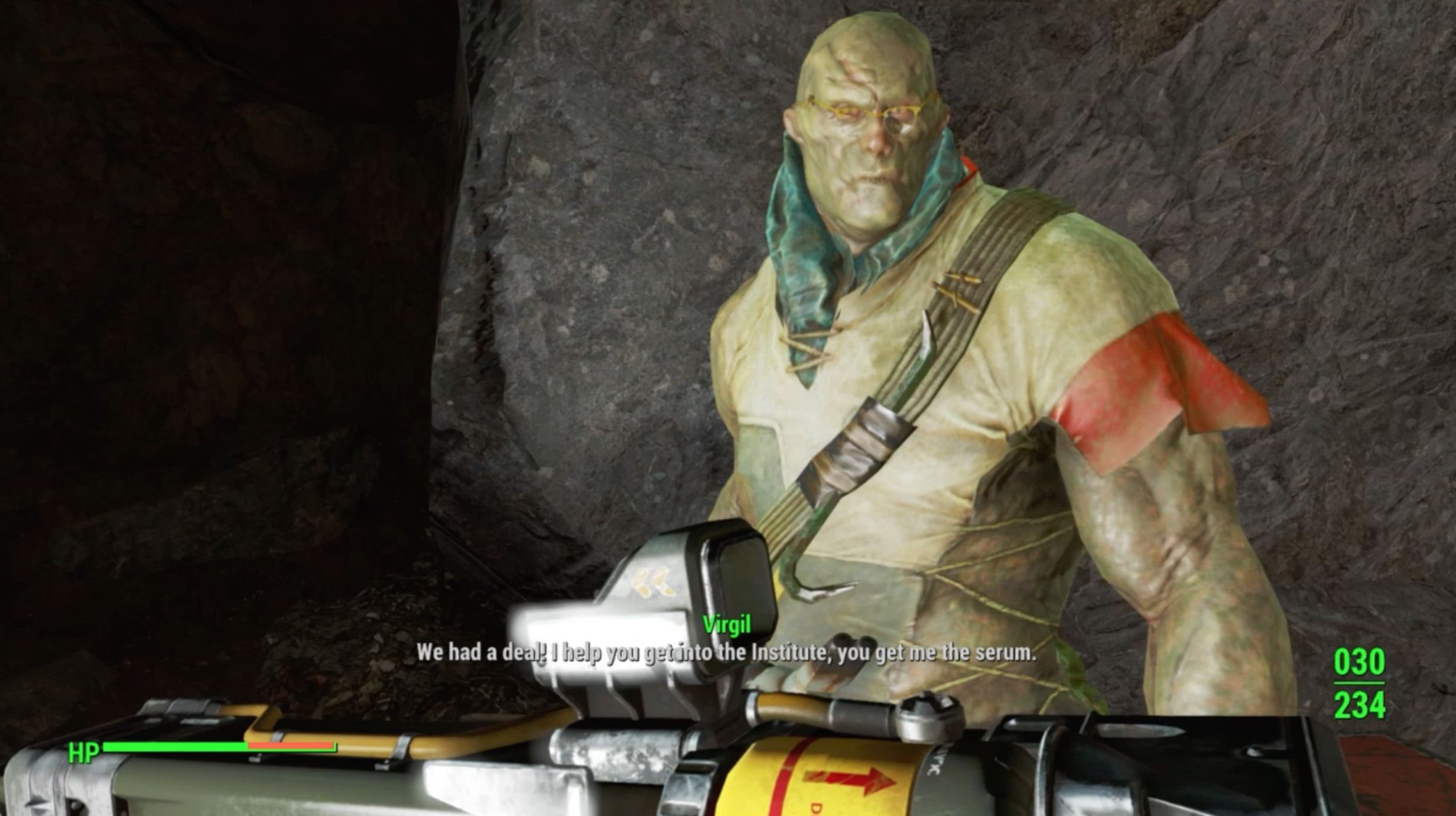

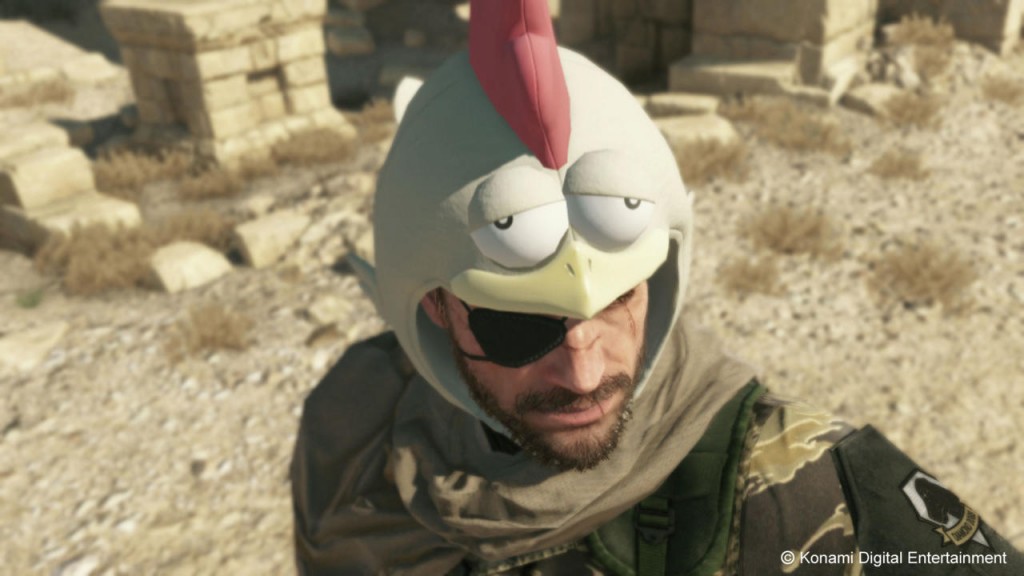 How to get a Chicken Hat in MGS V: The Phantom Pain
How to get a Chicken Hat in MGS V: The Phantom Pain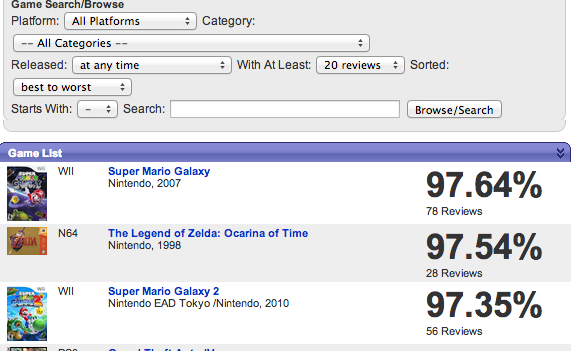 6 Places To Find Out What Are The Best Video Games Ever
6 Places To Find Out What Are The Best Video Games Ever Call of Duty: Advanced Warfare Wiki – Everything you need to know about the game .
Call of Duty: Advanced Warfare Wiki – Everything you need to know about the game .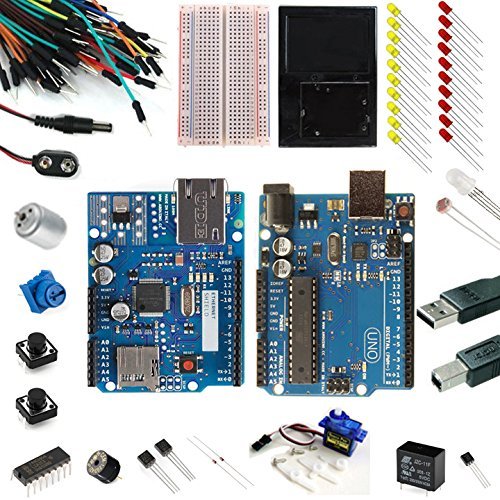 8 Gifts for the DIY Geek in Your Life
8 Gifts for the DIY Geek in Your Life Red Dead Redemption Guide
Red Dead Redemption Guide